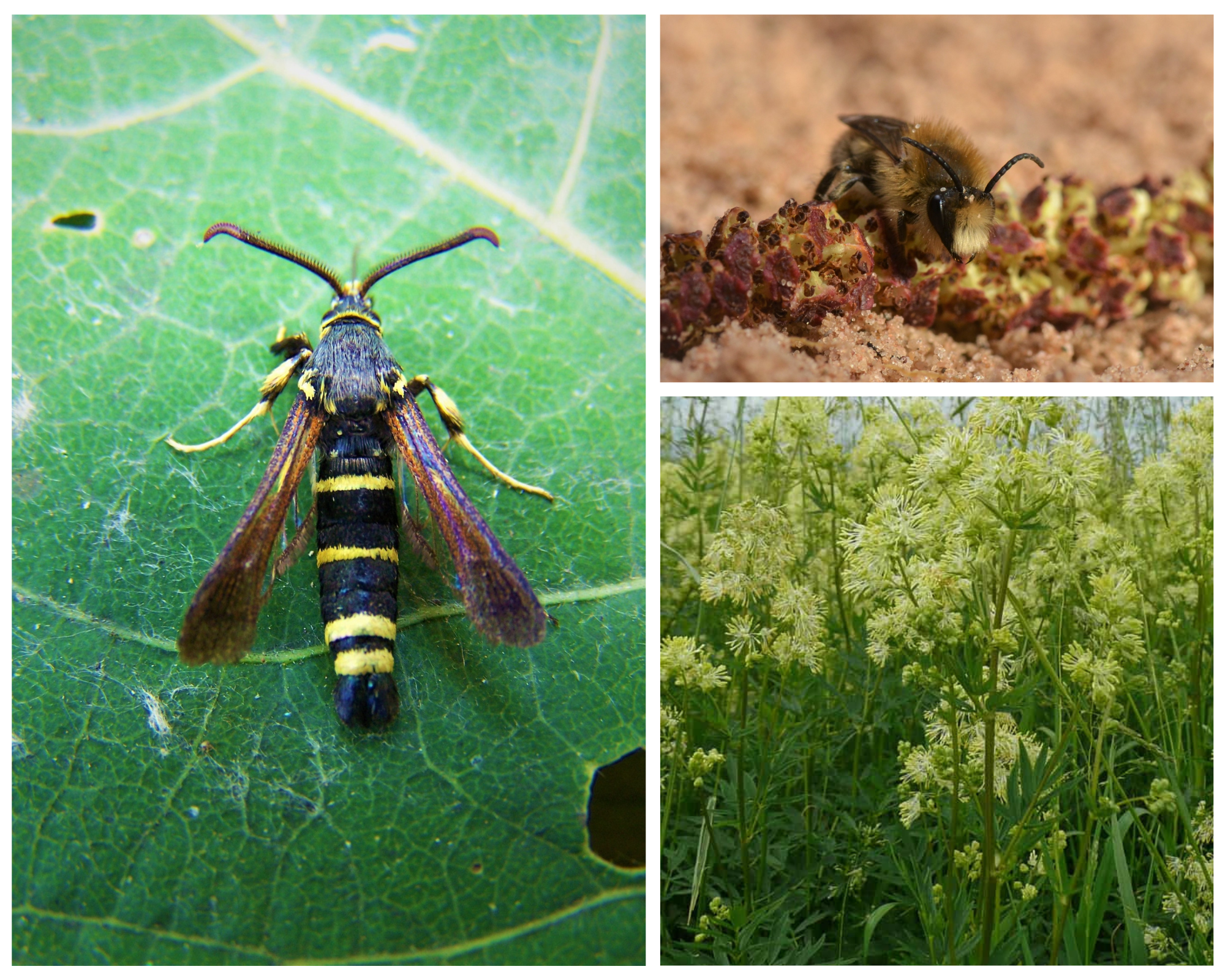Warwickshire Country Parks Wildlife Review 2023

2023 was a very exciting year for wildlife at Warwickshire’s Country Parks, with surveys undertaken by colleagues, ecologists and volunteers revealing many species in the quieter corners of our site.

Common Meadow Rue
A Warwickshire Flora Group meeting to survey plant species at Kingsbury Water Park in June uncovered a large strand of Common Meadow Rue (Thalictrum flavum), a notable species for Warwickshire which thrives on Marshy ground. There was also another very good showing of Southern Marsh Orchids on Barn Meadow, which was surveyed later in the year for potential improvements.

Many-Seeded Goosefoot
Further afield, an experimental soil inversion project at Ryton Pools Country Park (which aims to expose underlying nutrient-poor soils) was hailed a success with a range of sand-loving plant species colonising the area. Among them was a new plant for the park in Many-seeded Goosefoot (Lipandra polysperma) bringing the site list for this former quarry to a very respectable 359 species.
Ongoing invertebrate surveys to monitor our habitat work threw up a number of surprises in 2023. At one of our newest sites, Ufton Fields SSSI, we commissioned renowned local ecologist, Steven Falk, to undertake a baseline survey of the site to help inform our management of the site in the future. We await his full report at the end of the month but can already reveal that two new bees for Warwickshire have been found as part of his survey, with Spotted Dark-bee (Stelis ornatula) joining Red Bartsia Bee (Melitta tricincta) on the county list. Additionally, all the rare Warwickshire bumblebee species expected were found on site too, meaning that Ufton can be classified as a Site of National Importance for this group.

Early Colletes
Not to be outdone, Ryton Pools also added a new species to the Warwickshire list with the Early Colletes (Colletes cunicularius) discovered by Ranger George on 17th March. The much-declined Longhorn Bee (Eucera longicornis) was also uncovered later in the year too, bringing the site bee list to 94 species.

Dusky Clearwing Moth
Moth surveying was ongoing at both Ryton Pools and Ufton Fields and included several well-attended public moth nights. At Ryton Pools, an incredible 51, 656 moths of 601 species were recorded by staff and volunteers. This included fourteen new species for the park, with the standout highlight being the Dusky Clearwing Moth. Thought to have been extinct in the UK since 1924 before its rediscovery in Warwickshire in 2021, a single male was attracted to a lure for the species on 6th July, representing the northernmost example ever found in the UK.
Further invertebrate surveying at Ryton Pools in collaboration with retired entomologist Richard Wright unearthed more surprises. The value of the sandy banks and good water quality around Pagets Pool Nature Reserve is now being revealed with a range of specialist bees, beetles and spiders unmasked.
Elsewhere, Whiskered Bat, Mandarin Duck, Lesser Marsh Grasshopper and Hairy Dragonfly were also recorded as new species to Ryton Pools.
We welcome anyone recording wildlife on our sites, please get in touch to let us know what you see via georgehumphrey@warwickshire.gov.uk.



